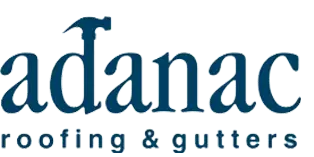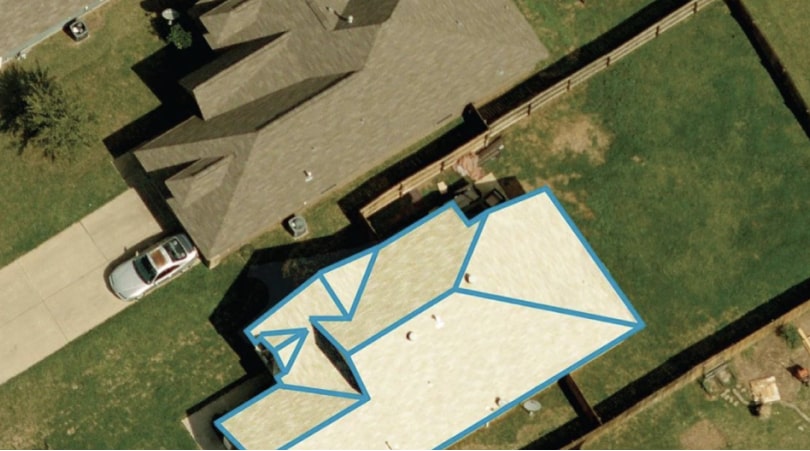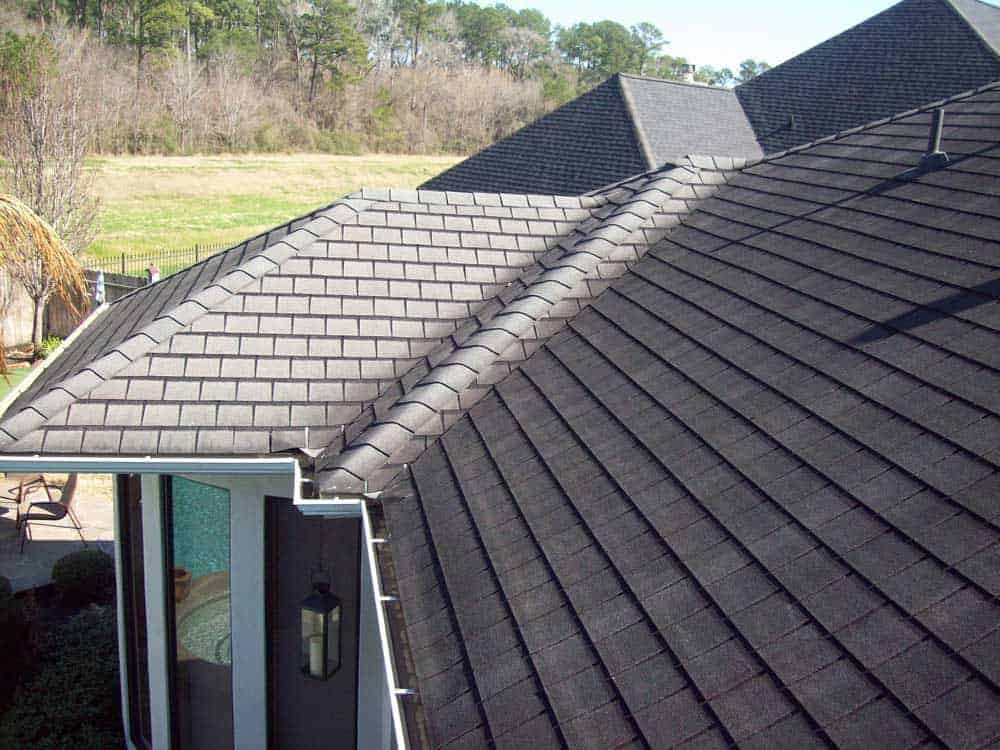It ticks some of us in the roofing industry off when other roofing contractors try to get information past customers without them knowing. The ‘fine print’ has often been the scapegoat for this.
When a qualified roofing contractor meets with you to replace an entire roof, it’s important you know the jargon they use. You need to know what the industry terms are. The last thing you need is to be confused about what is what with respect to your roof.
Your roofing contractor will speak a slightly mysterious language (still English) with terms like:
- sheathing
- flashing
- roof drainage
- valley treatment
- underlayment
- ventilation systems
- drip edges
- decking
- trusses
- shingles
Do you know what each of these are? If you don’t, keep reading.
Understanding these terms will allow you to make the best choices to meet the needs and goals for your roofing replacement project. Being able to speak the same language as your roofing contractor will help you get the best materials and the best value for your roof replacement.
Whenever you have questions or simply need clarification on roofing components or terms, a qualified roofing expert should take the time to help you feel more comfortable with the basics of roofing. Always remember that you are the paying customer. It’s the roofer who needs you and your business to survive in a competitive roofing marketplace.
In this blog post, we’re going to define the following 7 terms so that you know exactly what they are:
- Trusses
- Roof Deck
- Underlayment
- Flashing
- Drainage
- Ventilation
- Roof Covering
Let’s start the de-mystifying.
Roofing Elements Defined
1.Trusses
Trusses are the backbone of a roof system. Usually built from wood, this framed structure is comprised of triangle shaped joints, which provide a roof with stability and a rigid structure to support the roofing system.
A framed truss provides the strength and overall shape of a home or commercial building’s roof. The durability and strength of a truss will hold up to heavy amounts of snow and rain.
2. Roof Deck
This is the layer of material used to cover the trusses, and is then treated with weatherproof layers or insulation prior to receiving a layer of tile or shingles. The roof deck acts as the link that unites all of the roofing components together.
The roof deck can be made of plywood, OSB sheathing, wood tongue and groove, corrugated metal, or a variety of high-quality materials that a professional roofer may recommend.
3. Underlayment
The underlayment is an essential piece of the roofing system, as it keeps water and other forms of moisture from penetrating the roof. Shedding water is the primary function of this roofing component.
With high winds and heavy rain, a roof must have a high-quality underlayment to defend against the elements.
4. Flashing
Flashing is sheet metal or another rigid pliable material used to waterproof a roof system’s various joints and valleys and keep moisture from leaking in. All vents, jacks, and fireplaces that penetrate the roof should have a flashing layer.
5. Drainage
All roofing systems should have shapes and sloped features to drain water off of the roof. Having the ability to shed water will keep a roof system functioning for many years.
6. Ventilation
A roof breathes in cool fresh air and also will exhale warm, moist air as part of a healthy functioning roof system. A series of vents, pipes, and screened openings are used to allow air to flow in and out of a roof’s attic space.
A qualified roofing contractor can explain all of the building codes and requirements for a home or commercial building’s ventilation system.
7. Roof Covering
This is the final step of a roof system, and it consists of shingles, tile, slate, or metal. The materials used to cover a roof can largely determine the durability of it.
The look and feel of a roof will also be decided by choosing from a variety of different shingles, tile products, slate surfaces, or metal roofing.
Need Help?
At Adanac Roofing, we carry decades of experience in the roofing industry. We know inside and out. We hope what you read here about components of roofing systems is of significance to you.
If you’re experiencing difficult times with your roof, please don’t hesitate to give us a call. We give comprehensive quotes for roofing jobs across the Lower Mainland.



 Types of Asphalt Shingles
Types of Asphalt Shingles



